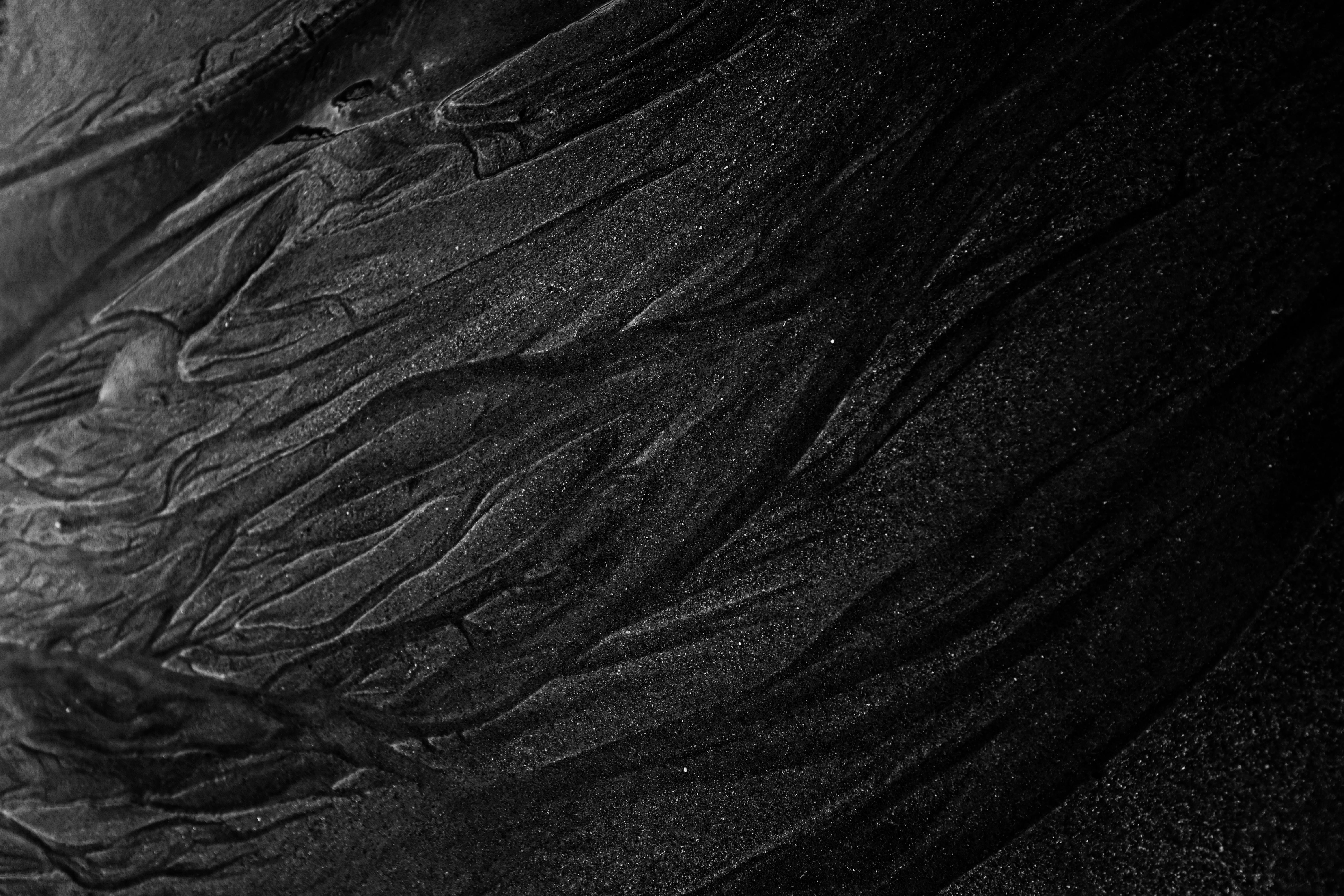Replacing a water main line can be a daunting task for the average homeowner, as it involves complex plumbing work and requires specialized tools and knowledge. Although it is best to leave this type of job to a professional plumber, it is possible for a motivated homeowner to replace their own water main line with some patience and caution. This guide will provide step-by-step instructions on how to properly replace your water main line.You will need a number of tools and materials to replace a water main line, including: a shovel, PVC pipe, PVC primer and cement, adjustable wrenches, pipe cutters, a hacksaw, a trowel, slip joint pliers, sandpaper, a utility knife, and replacement pipe. Additionally, you will need any fittings that are necessary to join the new line to the existing water main.
Step 1: Locate the Water Main Line
The first step in replacing a water main line is to locate the water main line. This can be done by looking for signs of a leak in your yard, such as wet patches or puddles. You can also check any visible pipes or valves in your home, such as a basement wall or under the sink. If you are unsure of the location of your water main line, contact your local water company for assistance.
Step 2: Obtain Necessary Permits
Once you’ve located the water main line, you’ll need to obtain any necessary permits from your local government before beginning work on it. This will ensure that all safety standards are met and that the job is done correctly. Be sure to keep all paperwork related to the project in order to avoid any potential problems down the road.
Step 3: Shut Off Water Supply
Before starting any work on a water main line, it is important to shut off the water supply in order to avoid any potential flooding or other damage. This can be done by turning off the valve located near where the old pipe connects with the main line. Once this is done, all water should be cut off from that area and it will be safe to begin working on replacing the line.
Step 4: Dig Up Old Line
Once all safety precautions have been taken, you will need to dig up and remove the old water main line. Be sure not to damage any surrounding pipes or cables during this process and take extra care when removing old fittings or valves from the ground. This is also a good time to inspect for any potential leaks or damage that may have occurred over time.
Step 5: Install New Line
Once all of the old piping has been removed, it’s time to install your new water main line. Begin by measuring out where each fitting and valve will go and cut them into place if necessary. Make sure that each connection is properly sealed with plumber’s tape before connecting them together with couplings or other fasteners.
Step 6: Test New Line
Once all fittings are connected properly, turn on the water supply again and test out your new line for leaks by running some water through it. If there are no leaks present, then you have successfully replaced your old water main line and can now enjoy its benefits!
How to Shut Off the Water Supply Before Replacing a Water Main Line
Replacing a water main line can be a difficult job. It is important to make sure that the water supply is shut off before any work is done. This will help protect your home from any potential water damage or plumbing issues. The process of shutting off the water supply will depend on where the water main line is located and whether it is connected to the city’s main water supply or not.
If the water main line is connected to the city’s main water supply, then you will need to locate the shut off valve. This valve can usually be found at the street near where the main line connects to the city’s system. Once you have located this valve, turn it clockwise until it stops. This will shut off all of the water in your home and you can begin working on replacing your water main line.
If your water main line is not connected to a city’s main system, then you will need to locate and turn off a separate shut-off valve that connects directly to your home’s plumbing system. This valve can usually be found near where your home’s plumbing exits into the ground. Turn this valve clockwise until it stops and this will shut off all of the water in your home so you can begin working on replacing your water main line.
It is important to make sure that you properly shut off all of the water before beginning any work on replacing your water main line. This will help protect your home from any potential damage that could occur due to leaking or flooding caused by an improperly installed or maintained pipe system.
Digging and Excavating the Pipeline Area
Replacing a water main line is an important task that should be done with the utmost care. Before any replacement can take place, the area around the pipeline must first be dug up and excavated. This is done to ensure that all existing pipelines are safely removed and replaced with new ones. The process of excavation involves digging a trench around the existing pipeline, exposing any underground utilities or features, and preparing the area for installation of new pipes. Proper excavation ensures that all lines are properly connected, sealed, and secured. It also helps to improve drainage in the area and reduces the risk of potential damage due to flooding or other problems.
The first step in excavating an area for a water main line replacement is to measure out the exact size of the trench that will be required to be dug around the existing pipeline. This can usually be done using either a tape measure or a laser leveler. Once the measurements have been taken, it is important to mark out where exactly the trench will need to go using stakes or flags so that everyone working onsite knows exactly where they are digging.
Once the boundaries have been marked out, it is time to start digging! A shovel or other digging tool should be used to carefully remove dirt from around the pipeline in order to expose it fully. It is important not to dig too deeply as this could cause damage to any underground utilities such as gas lines or electrical wiring. Careful attention should also be paid when removing rocks or other debris from around the pipeline as these can also cause damage if not removed properly.
Once all of the dirt has been removed from around the existing pipeline, it is time to start excavating! A backhoe or other heavy machinery will typically be needed for this job depending on how deep and wide of a trench needs to be dug out. The backhoe should slowly and carefully dig out each side of the trench until it reaches its desired depth and width making sure not to disturb any underground utilities in process.
Digging and excavating an area before replacing a water main line is an important process that must not be overlooked when replacing pipes as it helps ensure that all lines are properly connected, sealed, and secured in order for them work as expected after installation. Careful attention must also be paid during excavation so as not disturb any underground utilities that may exist in order avoid potential damage or disruption of services due poor workmanship during excavation.
What Size Pipe Should be Used When Replacing a Water Main Line?
When replacing a water main line, it is important to choose the right size pipe. The size of the pipe will depend on several factors, such as the flow rate of the water and the pressure of the system. It is important to determine how much water needs to flow through the line in order to ensure that the pipe is not overburdened. In most cases, a minimum diameter of 3/4 inch should be used for residential water lines. However, it may be necessary to use a larger size depending on the specific requirements of your plumbing system.
When choosing a larger pipe for your water main line replacement, it is important to consider both cost and installation time. Generally speaking, larger pipes are more expensive and require more labor to install than smaller pipes. It is also important to consider any local building codes or regulations that may limit what type or size of pipe can be used in your area.
In addition to choosing the right size pipe for your water main line replacement, it is important to select a material that can withstand harsh weather conditions and chemicals in the water supply. Common materials used include copper, PVC, polyethylene, and steel. Copper pipes are strong and durable but are also more expensive than other materials. PVC pipes are less expensive but may not be able to handle high pressures or temperatures as well as some other materials. Polyethylene pipes are often used for underground applications due to their resistance to corrosion and flexibility but may not be suitable for hot water lines due to their limited heat tolerance. Steel pipes are strong and resistant but should not be used in an area with poor soil conditions due to their potential for corrosion over time.
Ultimately, selecting the right size pipe for your water main line replacement will depend on several factors including flow rate needs, local building codes or regulations, cost considerations, installation time constraints, and material selection requirements. Choosing a pipe that meets all these criteria will ensure that you get a reliable system that will last for years to come.

Tighten Connections Securely
When replacing a water main line, it is important to ensure that all connections are adequately tightened. This will help to prevent leaks and other potential problems. It is also important to make sure that the pipes are not over-tightened, as this can damage the threads and lead to further complications. To secure the connections properly, use two wrenches in a cross pattern – one on each side of the joint – and gradually increase the torque until the pipe feels snug. It is also advisable to use Teflon tape or a thread sealant on threaded connections to ensure a watertight seal.
Check for Obstructions
Before you begin work on replacing a water main line, it is important to check for any obstructions, such as stones or roots, which may be blocking the flow of water. If any obstructions are found, they should be removed before continuing with the repair process. This will help to ensure that there are no further issues once the pipes have been replaced.
Use High-Quality Pipes
When replacing a water main line, it is essential that only high-quality pipes are used. This will help to ensure that your new plumbing system lasts for many years without any issues. In addition, using high-quality pipes will also help to reduce your long-term maintenance costs by reducing the chances of leakage or other problems.
Test for Leaks Before Finishing
Once you have finished replacing your water main line, it is essential that you test for leaks before completing the job. If any leaks are detected during testing, they should be fixed immediately before proceeding. This will help you avoid any further problems down the line and keep your new plumbing system functioning properly.
Testing and Inspecting the Pipeline After Replacing a Water Main Line
Replacing a water main line is an important process in any plumbing system. After the line has been replaced, it is important to properly test and inspect the pipeline to ensure that it is running correctly. Testing the pipeline should be done before any other work is done on the system, as it will ensure that the system will run correctly for its intended purpose. The following steps should be taken when testing and inspecting a pipeline after replacing a water main line:
1. Inspect all parts of the pipeline for signs of damage or wear. Pay particular attention to fittings and joints, as these are often where problems can occur. Check for any cracks or corrosion, which can cause leaks or bursts in the pipe.
2. Test all valves and pressure-regulating devices to ensure they are operating correctly. Make sure all valves are closed before beginning this step.
3. Conduct a pressure test by filling the pipeline with water and checking for any leaks or weak spots in the pipe by using an appropriate pressure gauge. If any leaks are found, they should be repaired before continuing with testing.
4. Conduct a flow test by running water through the pipeline at various speeds to check if there are any obstructions or weak spots that could affect water flow. Adjustments may need to be made if there are any issues.
5. Finally, inspect all connections to make sure they are secured tightly and no air is getting through them that could cause problems down the line with performance of the plumbing system.
Testing and inspecting a pipeline after replacing a water main line is an important step in ensuring that your plumbing system will perform correctly for its intended purpose. By properly testing and inspecting your pipeline, you can save yourself time, money, and potential damage down the line from faulty pipes or components.
Refilling the Excavation Site After Replacing a Water Main Line
Once the water main line has been successfully replaced, the excavation site will need to be refilled in order to restore the surface of the area. This can be done in a few different ways depending on the size and shape of the excavation. If the excavation is relatively shallow and wide, then backfilling with soil or sand may be an option. If it is deeper or narrower, then compaction grouting or flowable fill may be necessary.
Backfilling with soil or sand involves refilling the area with loose material that is tamped down as it is being filled in. Compaction grouting involves pumping cement-based materials into small holes that are drilled at intervals along the sides of the excavation site. Flowable fill involves pouring a cement-based slurry into the site and allowing it to harden over time.
Regardless of which method is chosen for refilling an excavation site after replacing a water main line, it is important to ensure that all safety measures are taken during this process. It is also important to make sure that all materials used are suitable for contact with water and will not cause any corrosion or contamination of the water supply. Once all safety measures have been taken and all materials have been tested and approved, then work can begin on refilling the excavation site.
Once this has been done, any remaining surface damage should be repaired by either repairing existing structures or building new ones as needed. Finally, any landscaping features that were disturbed during excavations should be restored as well. With these steps completed, a fully restored surface should result after replacing a water main line.

Conclusion
Replacing a water main line is a complicated and significant task. It requires thorough planning and execution to ensure the job is done correctly. It is important to research the project thoroughly, including local regulations, before starting work on the water main line replacement. Furthermore, it is essential to hire a qualified contractor who has the experience and knowledge to do the work correctly.
When replacing a water main line, there are several steps that should be taken. These include obtaining permits, excavating and laying new piping, connecting fittings and valves, filling trenches, testing for leaks, and backfilling trenches with soil or gravel. Taking these steps will ensure that your water main line replacement is done properly and safely.
Overall, replacing a water main line can be challenging but it is an essential part of maintaining your home’s plumbing system. With proper research and preparation as well as hiring experienced professionals, you can have confidence that your water main line replacement will be done correctly and safely.

